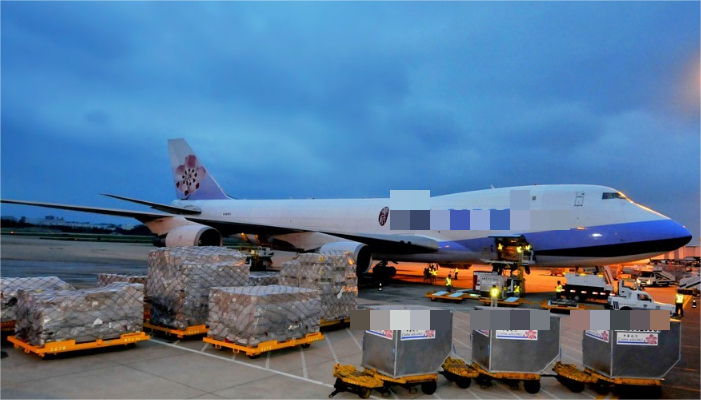“Unstuffed cargo” refers to the cargo that cannot be loaded into containers since the container is to full to load. “Unstuffed cargo” phenomenon is very common in the import, export and logistics industries. Especially during peak shipping seasons, both shipping parties and cargo owners are troubled when they encounter this situation.

Because the occurrence of unstuffed cargo could lead to delayed deliveries, re-customs clearance or inspections, resulting in even more severe issues like container rejections, ultimately leading to loss of customers.
Under such circumstances, avoiding the occurrence of unstuffed cargo in foreign trade becomes crucial. And LoadMaster does them a big favor. Let’s hear from Ms. Quan from POPULA, who will explain this for us.
POPULA company primarily manufactures ventilation equipment, with a wide variety of types and different packaging specifications. “It’s particularly challenging when calculating the mixed loading of various cargoes. Especially after receiving orders from customers, we can only estimate container loading based on the dimensions of the goods, while considering their weight, inherent properties, and also should guarantee safe loading. This often results in the “unstuffed cargo” situation, and we usually had to resolve it in two ways:
Firstly, the unstuffed goods are shipped to customers via less-than-container-load (mixed with cargo from other orders to fill in another container )or air freight, causing a large amount of unnecessary shipping costs.
Secondly, we suggest customers adjusting the order, reducing the quantity of goods. However, this results in reduced business for both parties, causing significant losses. Both scenarios lead to substantial losses for both the client and the company.

By chance, we came across a load planning optimization software called “LoadMaster” online. After using it for a month, we found that it not only allows us to set the load orientations and weight-bearing conditions of goods but also enables us to view the center of gravity of the container, ensuring the safe loading of goods.
LoadMaster simulates the loading details reasonably and accurately. We have verified that the load plan is feasible! Now, our sales team can communicate with foreign clients accurately regarding order quantities based on the accurate load plan. If LoadMaster says it fits, it will indeed fit on-site, effectively solving the problem of “unstuffed cargo”. Additionally, the container loading rate is much higher than manual loading.
Following the software-calculated load plans, we not only achieved full container loads, eliminating situations of “unstuffed cargo”, but our sales team also uses the software to suggest additional orders if there’s space left in the container after loading. On average, we manage to ship an extra 10% of goods, reducing shipping costs for our overseas clients, leading to a win-win situation and boosting our company’s business volume.

The company is highly satisfied with these outcomes. And LoadMaster is user-friendly, and even new colleagues can accurately load and arrange goods after the remote guidance.”
In such a fiercely competitive environment, LoadMaster will assist more export-oriented enterprises, facilitating swift and accurate container and truck loading calculations, becoming an efficient tool in order communication, and winning over clients. Moreover, by increasing loading rate and reducing logistics costs, it will also help avoid additional logistics losses.